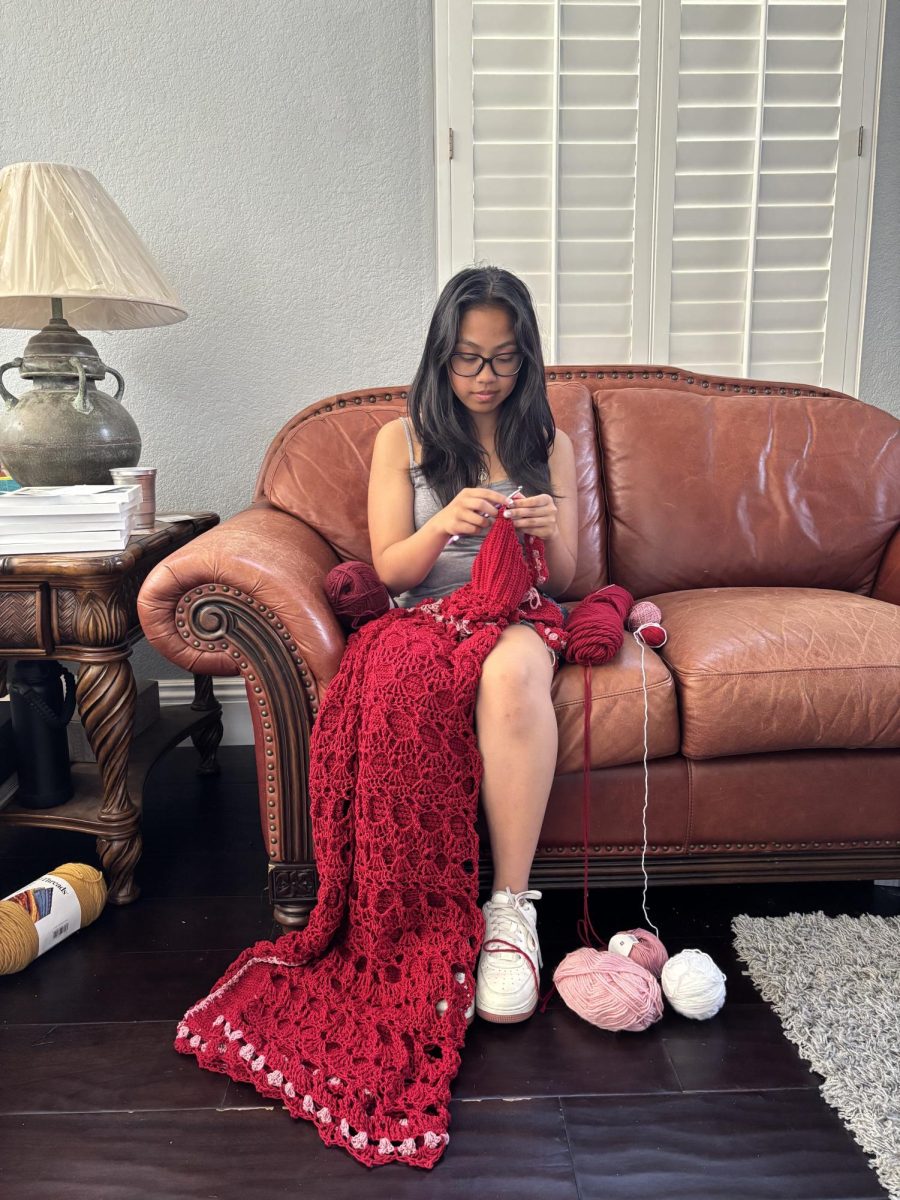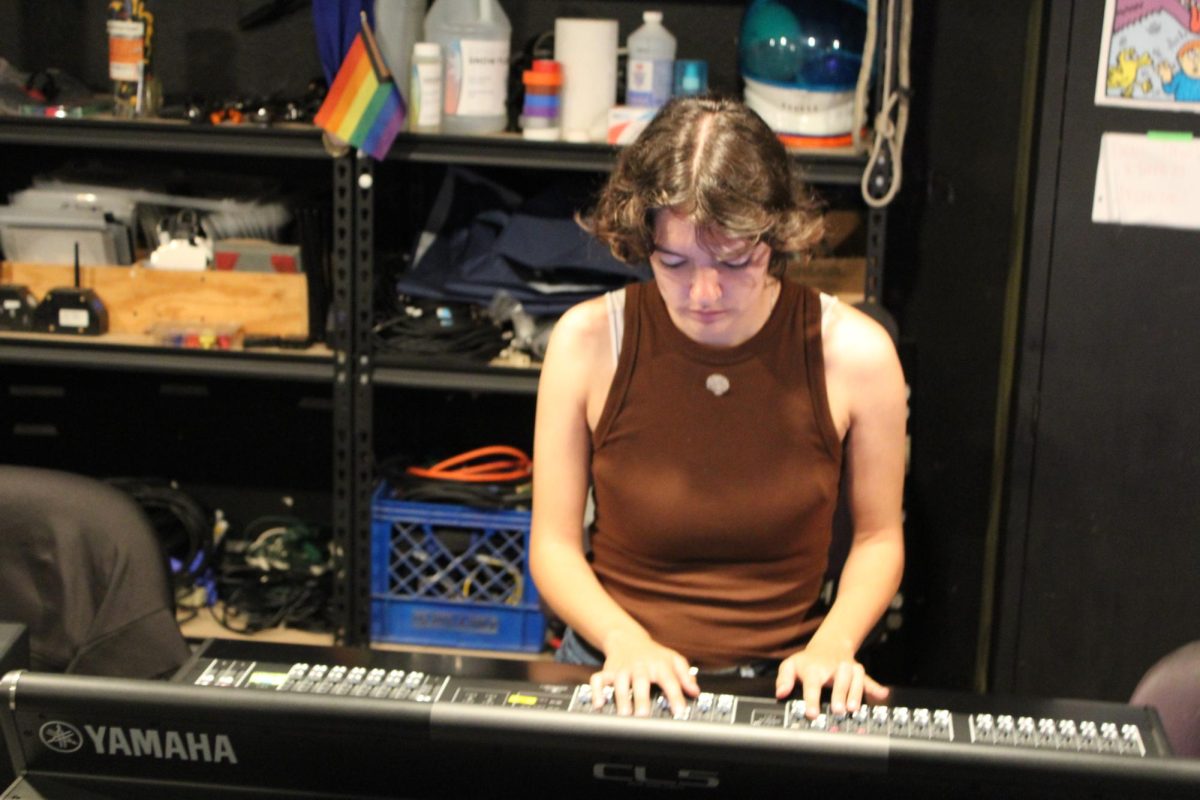After waiting a few days, it’s the moment Sumanth Gurram (11) and David Wu (11) have been waiting for. Their cells have been multiplying by the hour in an incubator at the renowned Sanford Burnham Prebys Medical Discovery Institute (SBP) in Torrey Pines, and are now ready. But these aren’t just any cells, they are cancer cells, part of an in vitro experiment. After being washed in saline and placed in a suspension tube to be counted, the cells are then transferred to experimental well plates—they are ready for testing. The two are currently conducting research on a potentially new method of cancer therapy—exposure to electromagnetic fields (EMFs).
“EMFs are potentially important to this field because [they are] connected to biochemical reactions that are the first step in a larger, hypothesized project,” Gurram said. “They are also potentially better than standard therapy approaches like chemotherapy and radiotherapy because they are very localized or easy to direct at the tumor site, very low cost, not limited by tumor conditions as they use certain elements of tumor growth against the tumor, and are not as damaging to surrounding, healthy cells.”
For the past seven months, the two have been spending 16 hours each week to run lab experiments and read through detailed medical texts. Despite how complex and time-consuming their research is, Wu and Gurram have proven they are more than qualified to take on the challenge. Last summer, Wu qualified for the American Chemical Society U.S. National Chemistry Olympiad training camp, making him the one of the top 20 competitors out of 16,000 students. Gurram has also excelled in academics, taking many of the AP science courses as an underclassman and being a current hardware leader in Robotics. A year ago, the two began to research on the internet and collaborate on potential ideas for a project to present at the 2018 Intel Science Fair. They eventually came to question whether EMFs could be used as a form of cancer treatment.
Gurram was first exposed to the concept of EMFs in his AP Physics C: Electricity and Magnetism course.
“Since learning about [EMFs], I’ve always been curious about them,” he said. “It’s something you can’t see that is really powerful. When we began to think about its applications to cancer therapy, David and I searched the web and read more medical texts about it, as well as cancer treatments.”
During the early stages of their research, Wu and Gurram had to create a device, called a solenoid, that would emit EMFs and allow them to test their hypotheses.
“Basically, I came over to David’s house with several hundred feet of wire,” Gurram said. “We spent two and a half hours unwinding it and wrapping it around a plastic container. David would wrap it using his fingers to straighten the wire and keep it at high tension, while I would use my fingernails to press the wire down and keep it from popping up. It took a tremendous amount of teamwork to put the solenoid together, but we were very happy with the way it turned out. Testing even confirmed that our calculations were right and that the solenoid was producing the magnetic field values we targeted.”
After creating their solenoid, all that Wu and Gurram needed were actual cancer cells to apply their EMFs on, a laboratory setting, and someone to guide them.
“Having a lab and such an experienced set of scientists who mentor is invaluable,” Gurram said. “The resources and suggestions you can get are really essential for the project to move forward from hypothesis to experimentation.”
Finding a lab to work in was by no means easy.
“It was really hit or miss,” Gurram said. “We were turned down by many labs that were busy, some of which expressed interest in the idea and gave us suggestions along the way. It’s difficult to find a lab because most of them simply don’t have a set program to help high-schoolers with these ideas.”
In June, Wu and Gurram were able to lock the interest of the Salvesen Lab at SBP. Not only did they have access to some of the world’s most advanced medical technology, but they were surprised when they discovered who their principal investigator was: Dr. Guy Salvesen. Salvesen is a world-famous South African-born biochemist who is best known for his work in the field of apoptosis, or “programmed cell death.” His research mainly focuses on proteases and their inhibitors in humans.
“Working with Dr. Salvesen is truly amazing,” Gurram said. “We are so grateful that such a renowned scientist in the field of cancer research has agreed to help guide our project. Without him and the other scientists in his lab, we would not be where we are right now.”
“We wanted to work under Dr. Salveson because he researches apoptosis, ‘programmed cell death,’ which is related to our project,” Wu said. “It’s really cool because it was kind of like meeting a celebrity from the scientific community.”
This research project has had its fair share of complications.
“The biggest challenge is that this research is relatively unexplored, meaning there is a lot of work that goes behind piecing together existing pieces of biochemical reactions into a different puzzle set that involves EMFs and a grander target of cancer cell death,” Gurram said.
Even the nature of biology provided them with problems.
“Another major challenge is the unpredictability of cells and biological experiments, which often force us to redesign and improve our experimental approach,” Wu said.
To make matters more difficult, Wu and Gurram have to complete their findings before an incoming deadline.
“We hope to present our research and findings at the Greater San Diego Science and Engineering Fair in March and the Intel Science Fair in May, so we must complete all of our research by then,” Wu said. “In addition, the longer we research, the more materials we use from the Salvesen Lab.”
Despite all of these difficulties and challenges, the two say all of their efforts are worth it.
“My favorite aspect of working at this lab is that we are always learning and are constantly challenged to improve our ideas and methods,” Gurram said. “There’s just something very gratifying in trying to bring your idea to life, and working in a lab that you know will help you every step of the way.”
As of now, the findings of Wu and Gurram are strictly confidential. However, they hope to present their research at the Greater San Diego Science and Engineering Fair at UCSD in March and hopefully move on to the Intel Science Fair in Los Angeles in May.
“This has been an amazing experience and I am truly grateful for it,” j said. “Pursuits like this continue to catalyze my passion for STEM and keep inspiring me to come up with new ideas that can become hands-on engineering projects.”



